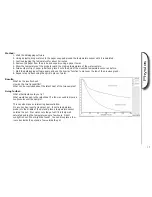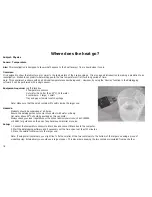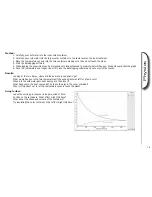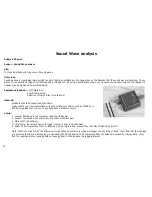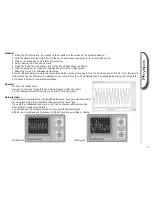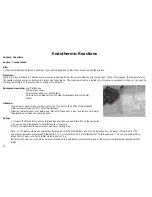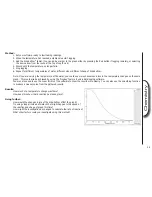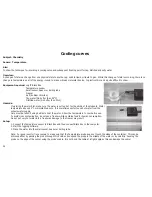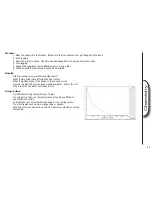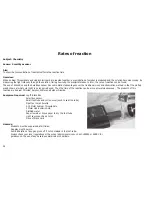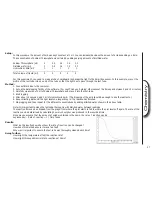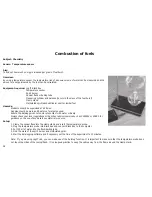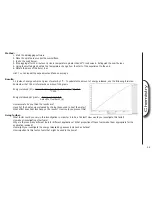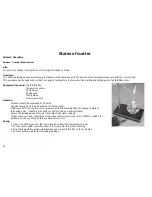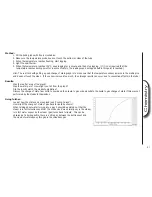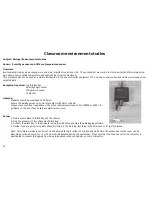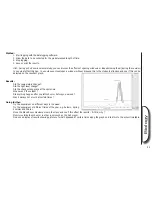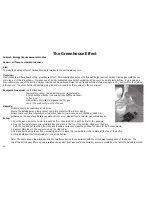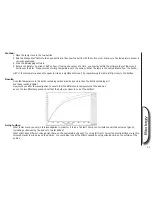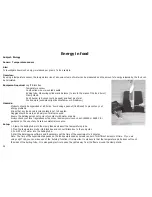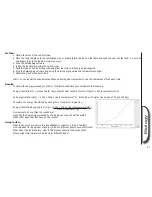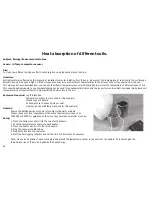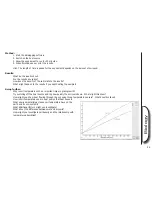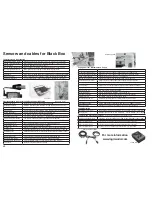
26
Rates of reaction
Subject: Chemistry
Sensor: SmartEye sensor
Aim:
To show that concentration of reactants affects the reaction time.
Overview:
When Sodium Thiosulphate and Hydrochloric Acid are reacted together, a precipitation of sulphur is produced and the solution becomes cloudy. By
measuring the light intensity through the solution, timing how long the precipitate takes to form, the rate of reaction can be found.
The use of Black Box and the SmartEye sensor has some distinct advantages over the traditional cross and observation method in that the plotted
graph shows at what point light is no longer reduced. Thus the time of the reaction can be more accurately observed. The products of this
reaction are Sodium Chloride, Sulphur, Water and Sulphur Dioxide.
Equipment required:
LogIT Black Box
SmartEye sensor
Small test-tube and cotton wool (used to seal the tube)
Pipette or small burette
0.15 Molar Sodium Thiosulphate
1 Molar Hydrochloric Acid
Distilled water
Paper towels or tissue paper to dry the test tube
Light source such as a torch
Piece of black card
Hazards:
Students must be supervised at all times.
Goggles must be worn.
Avoid inhalation of any gas given off if not contained in the test-tube.
Always check your local regulations or the school advisory service such as CLEAPSS or SSERC for
guidance on the use of any hazardous materials or chemicals.






